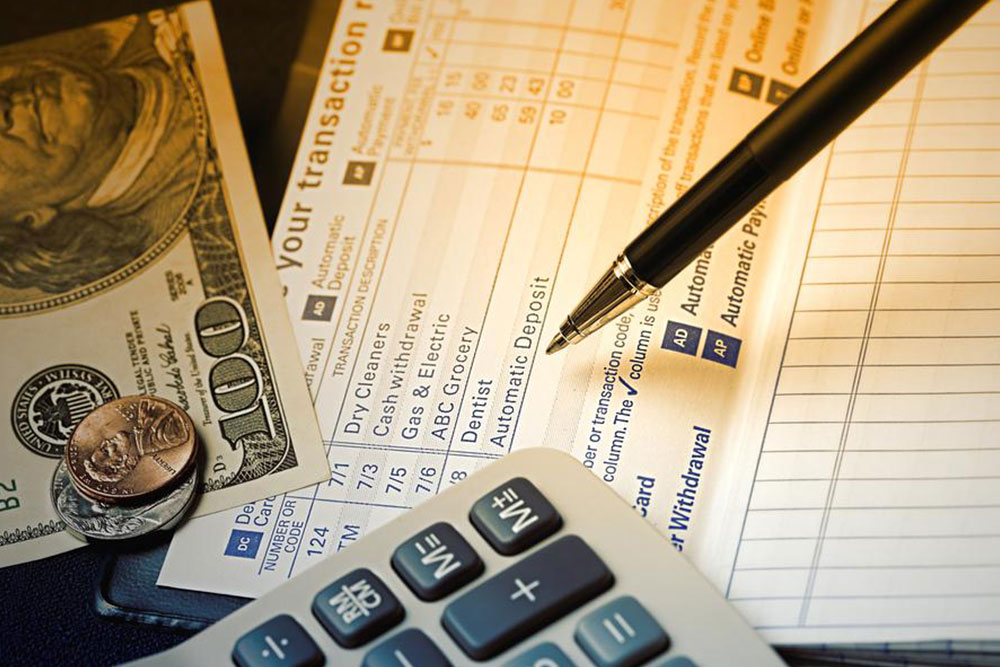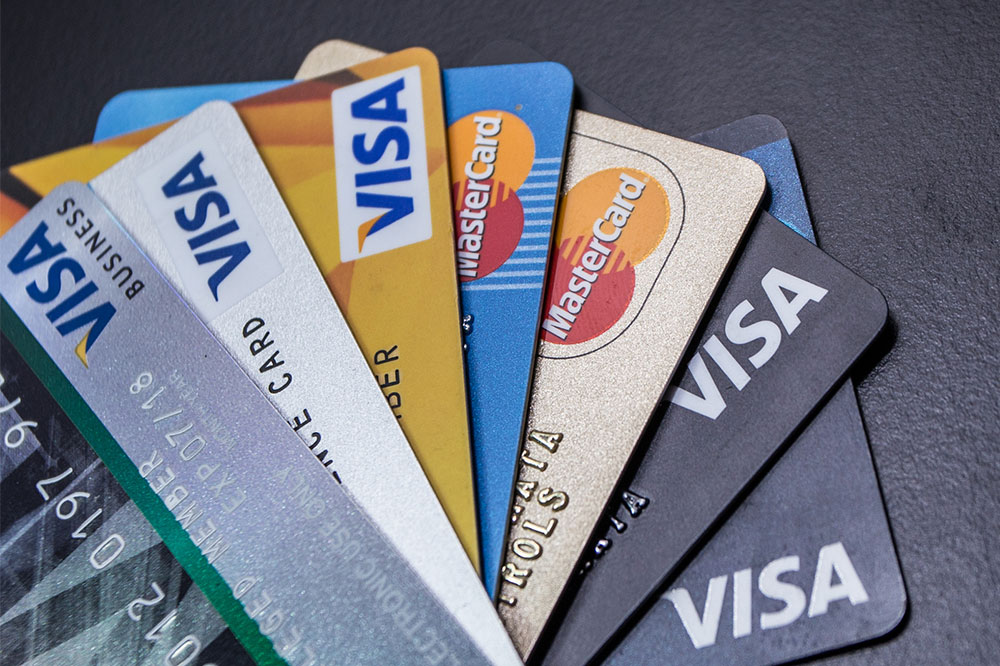Guide to Rebuilding Finances with Second Chance Checking Accounts
Learn how second chance checking accounts can help rebuild your banking reputation after financial setbacks. Discover the application process, account restrictions, and tips for responsibly managing your account to transition back to regular banking services effectively.
Sponsored

If previous banking issues have led to closed accounts or declined loan applications, opening a new checking account may seem challenging. Second chance checking accounts offer a solution for individuals with less-than-ideal banking history. These accounts help you move past past mistakes, especially for those deemed high-risk by lenders.
While similar to traditional checking accounts, second chance accounts may involve monthly fees—typically between $10 and $20—and certain restrictions, such as minimum balance requirements. Some banks might not issue debit cards or limit transaction frequency. Occasionally, customers may need to complete a financial literacy course before opening an account.
You can use these accounts to pay bills, make deposits, or withdraw cash. Responsible usage can help improve your banking reputation, potentially allowing transition to a regular checking account over time. Some banks process this transition automatically, while others require a request.
To open a second chance checking account, schedule an appointment with your bank and express your interest. Complete the necessary forms, and inquire about transitioning to a standard account. Understand all associated fees and commitments beforehand. Demonstrating responsible account management will help rebuild trust, and once transitioned, you can enjoy free banking services, giving you a fresh start to restore your financial reputation.






